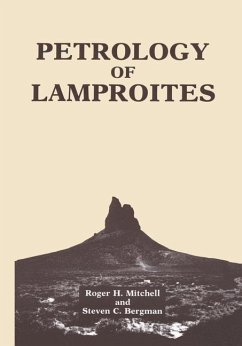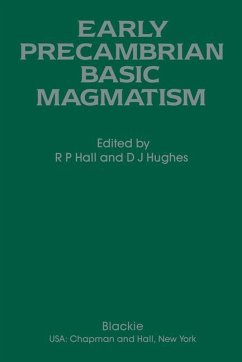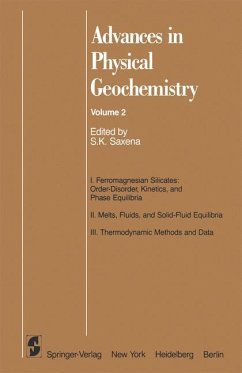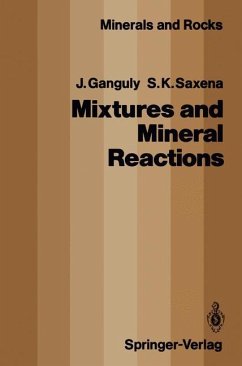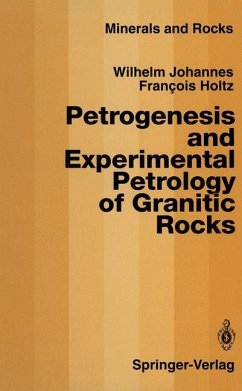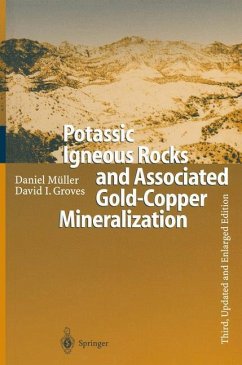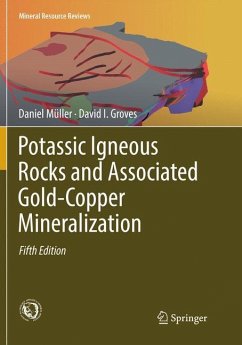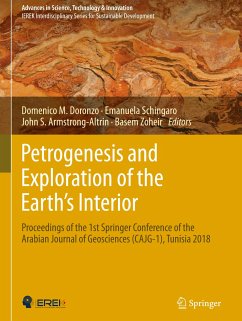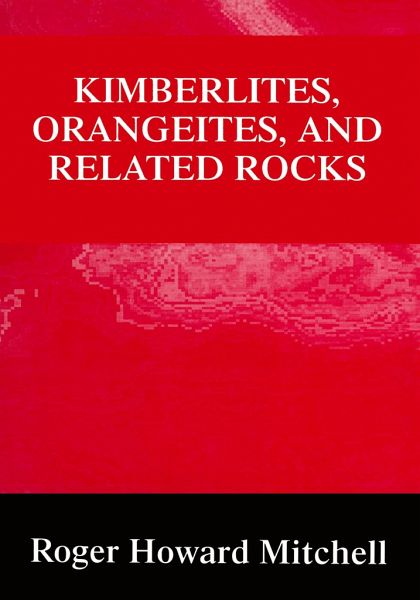
Kimberlites, Orangeites, and Related Rocks
Versandkostenfrei!
Versandfertig in 6-10 Tagen
61,99 €
inkl. MwSt.
Weitere Ausgaben:

PAYBACK Punkte
31 °P sammeln!
This remarkable volume presents the first revision to the classification system of diamond-bearing rocks in over eighty years. Presenting the latest mineralogical data, this book offers a detailed description of the mineralogy and geochemistry of kimberlites, orangeites, and lamproites. Several hundred new analyses of minerals in orangeites are included. This volume follows the publication of Kimberlites, by R.H. Mitchell, and Petrology of Lamproites, by R.H. Mitchell and S.C. Bergman, concluding the trilogy.





